nossos filmes
No Comments
By Tangerina
On 17, Oct 2016 | No Comments | In documentaries series television | By Tangerina
Causando na Rua (2016)
Produced by Tangerina Entretenimento
Causando na Rua is a documentary TV series of 13 episodes, 26 minutes each.
The series accompanies a group or collective that sees the street as a space for art, creativity and communication. This actions are defined as “artistic activism”. Each episode brings the a reflection of the various forms of re-signifying the public space, through the filming of ludic and socially responsible propositions.
The documentaries were shot in the city Sao Paulo and in the cities of Santo André and Osasco, in the metropolitan region of Sao Paulo.
-
produced by Tangerina Entretenimento
exhibited at CINEBRASiLTV channel
13-episode documentary TV series
26 minutes per episode
2016
premiered in September the 5th, 2016
-
general director Tata Amaral
directed by Maria Farkas and Caru Alves de Souza
screenplay Tata Amaral and Henrique Figueiredo
treatment Tata Amaral, Caru Alves de Souza and Eloá Chouzal
text research for the title cards Mari Palumbo
text concept for the title cards Sato do Brasil
research Claudia Priscilla, Luciana Nanci and Priscila Pomerantzeff
cinematographers Julia Zakia, Marcos Yoshi and Marcelo Oliveira
camera operator Cadu Silva, Fernando Cirillo and Marcel Carneiro
editing supervisor Willem Dias
editing Lillah Hallah, Eduardo Aquino and Olivia Brenga
editing assistant Cadu Silva
music André Whoong
art director Sato do Brasil and Murilo Thaveira
animation Átila Fragozo
sound André Bellentani, Eder Amarelo and André Caveira
sound mixer Pedro Noizyman
executive producers Rafaella Costa and Pedro Ribeiro
producer’s assistant Gui Valentim
production manager Stella Rainer
production assistant Gustavo Aguiar
set boy Ewerton Bastos (Dudu)
-
-
-
-
Episodes synopsis and photo gallery
- Episode 1
- Episode 2
- Episode 3
- Episode 4
- Episode 5
- Episode 6
- Episode 7
- Episode 8
- Episode 9
- Episode 10
- Episode 11
- Episode 12
- Episode 13
-
Episode 1 – Urban interventions since 1979 – collectives Viajou sem passaporte, 3NÓS3, and TUPINÃODÁ
The series opening episode tells the story and action of the collectives that created the “artvism” practiced in the public spaces of São Paulo, with the participation of the groups Viajou sem Passaporte, 3NÓS3 and TUPINÃODÁ. This groups acted in the end of the 1970’s, right after the Amnesty Act of 1978, when the democracy began to be re-established in Brazil. The episode presents the relation between democracy and the creative occupation of the streets.
The action takes place at Sé and Ramos de Azevedo Boulevards, both downtown, and Vila Madalena, a neighborhood on the west side of the city.
-
Episode 2 – Expedition throughout the basin of Saracura River – Rios e Ruas collective
The Rios e Ruas Initiative develops a tour through the Saracura river basin in São Paulo, since MASP (Museu de Arte de São Paulo), where the river runs until its’ source. The expedition tries to find vestiges of canalized rivers in the city and has, as a moto, to dig the river from people consciousness. For that, they utilize of mechanics such as painting the sources and the trajectory of the underground rivers. Through the tour themes like the digging and revitalizations of said rivers is discussed with the participants and guests.
This tour takes place in Bela Vista neighborhood, one of he eldest burrows of downtown São Paulo, and the groups source is Vila Indiana, a neighborhood on the west side of the city.
-
Episode 3 – Black Canvas – OPNI collective
Known by their act “Quadro Negro” (Black Board) – that tries to bring to light black characters important to Brazilian history the group OPNI create, for our episode a special painting the pictures Luiz Gama, a lawyer the freed more than 500 slaves in Brazil. The happening is in front of the University of São Paulo’s School of Law at São Francisco boulevard, where Luiz Gama was prohibited from studying for being black.
This intervention takes place at Largo São Francisco, downtown São Paulo, and the group origin is São Matheus, east side of the city.
-
Episode 4 – Leila Khaled occupation – Paulestinos collective
The visual artistic duo “Paulestinos”, through their posters promote the cultural syncretism. In this episode, it covers the front of Leila Khaled’s occupation, mostly dwelled by Syrian and Palestinian refugees to open the discussion about the immigrants. The immigrant, who is it?
The action takes place at Liberdade, old neighborhood in downtown São Paulo. Paulestinos’s origin is in Vila Anglo Brasileira, west side of the city.
-
Episode 5 – Manifesto rug – Galeria Cruta collective
Through the Brazilian tradition of the devotion rug, made pr Christ to go through, the Galeria Gruta collective creates “Tapete Manifesto” to discuss another Brazilian tradition, the murder of women.
The performance takes place at Viaduto do Chá, downtown São Paulo, their origin is Butantã, west side of the city.
-
Episode 6 – Disco Xepa Festival – Slow Food ComoComo collective
The group Slow Food ComoComo, brings the “Festival Disco Xepa”, an international happening, in fairs, creating banquets through discarded food to show the high amount of food waste in the cities.
The happening takes place in Santa Cecília, downtown São Paulo, their origin is Vila Anglo Brasileira, west side of São Paulo.
-
Episode 7 – Do not step on the dead ones – Casadalapa collective
Casadalapa is a collective of artists from São Paulo that brings the performance “Não Pise nos Mortos” (Do not step on the dead), where the drawings of bodies outlines on the floor reveals the disinterest of the population and creates the discussion os murders committed by policemen against youngsters, mostly of black and poor origins.
The performance takes place at Vila Nova Cachoeirinha, north side of São Paulo, and Osasco a small city west of São Paulo their origin is Lapa, west side of São Paulo’s city.
-
Episode 8 – Other doors, other bridges – Sansacroma collective
The dance company Sansacroma, from Capão Redondo, deep south of São Paulo brings the spectacle “Outras Portas, Outras Pontes”, played at the Parque Dom Pedro II terminal, downtown São Paulo. The spectacle brings the art of the dance to places and people that normally do not have easy access to culture. The theme of the spectacle in the cordial racism.
The spectacle is at Parque Dom Pedro at Sé neighborhood, downtown São Paulo, their origin is Capão Redondo, a neighborhood in the deep south of São Paulo.
-
Episode 9 – Dposit – Coletive Friccional collective
With the performance “Dpósito”, Coletive Friccional, a theater group from Santo André, brings to downtown São Paulo the discussion about homophobia and transphobia to the front stairs of Sé Cathedral.
The performance takes place at Sé Boulevard, downtown their origin is Santo André a small city on the east side of São Paulo city.
-
Episode 10 – Affective mapmaking of Sin’s Den – ‘Pessoal do Faroeste’ theatre company and ‘Ozona’ collective
In the performance “Cartografia Afetiva do Quadrilátero do Pecado”, the Companhia Pessoal do Faroeste and the Ozona collective recreate the bonds between the citizen and their neighborhood in downtown São Paulo. Known as “Boca do Lixo” (Garbage’s Mouth) and “Quadrilátero do Pecado” (Sin’s Den), the neighborhoods of Santa Ifigênia and Luz harbors traditional dwellers and cultural equipments of the elite like Sala São Paulo, Pinacoteca do Estado among others. The performance confronts the idea of revitalization and recognizes the life in those neighborhoods once called “degraded”.
The performance takes place at Largo General Osório, between the neighborhoods of Santa Ifigênia and Luz, their origin is Santa Ifigênia, downtown São Paulo.
-
Episode 11 – Black women speak out – Pretas Peri collective
At the extreme west side of São Paulo, the trio Pretas Peri gathers at Jardim Miriam neighborhood to a soiree filled with afro Brazilian culture and debates about chauvinism and racism. The group asserts the necessity of decentralization of cultural production. The soiree takes place at a place that was previously an unregistered garbage disposal place that through the group’s occupation and fight the town hall transformed into a boulevard.
The soiree takes place at Jardim Miriam and their origin is Jardim Camargo, both at Itaim Paulista deep east side of São Paulo.
-
Episode 12 – Guarani Mbya Rap – Indigenous village Tenondé Porã
The fight for the demarcation of indigenous lands in Brazil is shown through the music from the group “RAP Guarani Mbya”, from the Tenondé Porã Village in Parelheiros, deep south of São Paulo. Recognizing the importance of the original cultures, in May 5th of 2016, the Federal Government signed the bill demarcating the indigenous land of Tenondé Porã. 15.969 hectares of land recognized and six Guarani Mbya villages benefitted. Tenondé Porã is the second indigenous land demarcated at the city of São Paulo. The first was Jaraguá land in July, 2015.
Their performance is at Pateo do Collegio, arqueological site where the first building of São Paulo and where the “Companhia de Jesus” established its center for catechism of indigenous people.
The performance takes place at Pateo do Collegio, downtown São Paulo, and their origin is Tenondé Porã Village in Parelheiros, deep south of São Paulo.
-
Episode 13 – Urban Trajectory meets Inclusion and Rescue – by visual artist Raphael Escobar and skateboarding group Love CT
The visual artist Raphael Escobar, with the performance “Trajetos Urbanos”, skateboards through the city and paints the floor with it to show the ways of the skater. He meets with the happening “Inclusão e Resgate” by the group Love CT (skateboarders, dwellers of Cidade Tiradentes) that teach sakeboard as a sport and lifestyle to kids on weekends. They discuss the possibilities of the skateboard not only as a sport but as an attitude of occupation of the public space for youngsters.
Those actions take place at Cidade Tiradentes, east side of São Paulo, the performance started at Alto do Ipiranga west side of São Paulo.



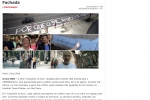
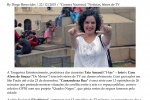
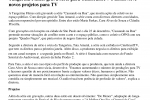
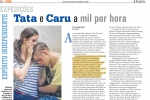
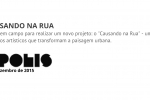

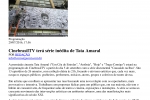
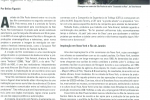
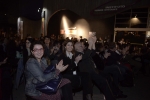
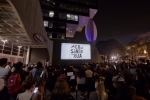
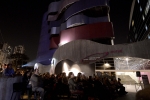
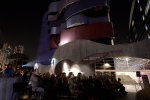
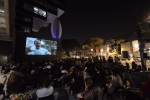
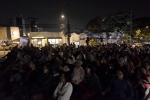
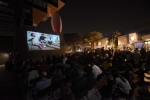
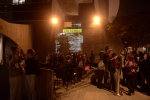
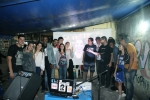
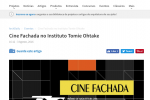
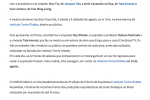
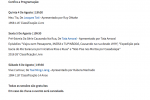





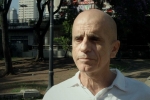


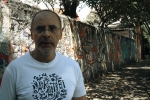
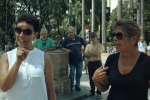
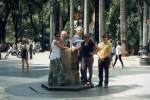
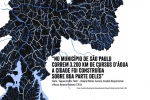
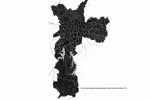
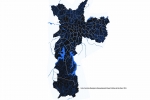
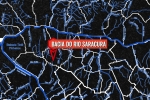
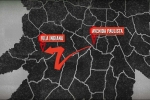
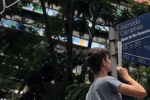
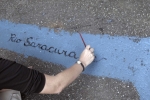
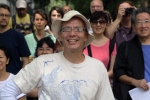
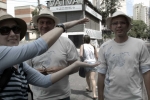
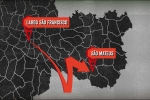
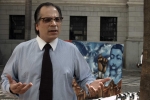
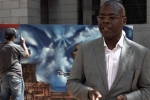


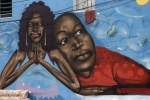
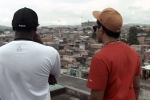
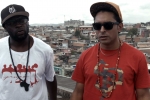
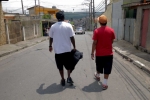
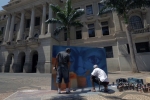
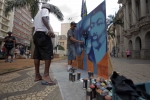
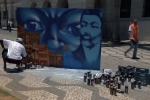
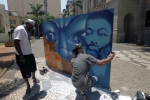
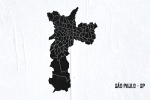
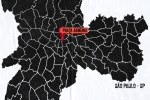
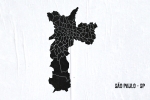
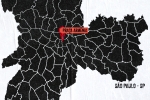
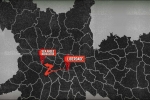
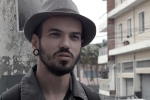

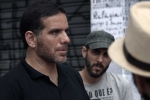




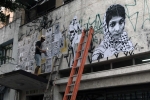
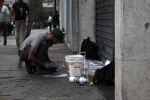
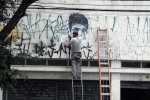
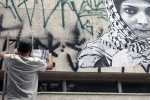
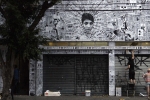
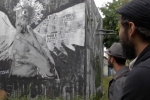
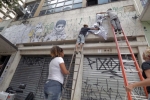
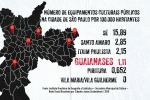
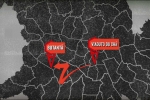

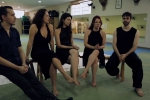
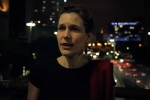
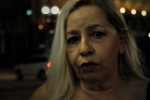
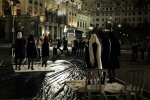
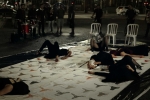
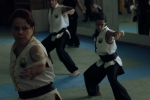
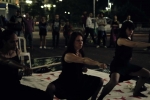
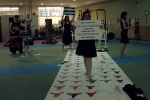
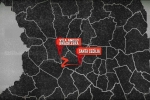
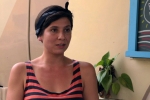
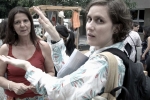
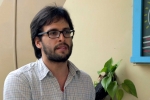
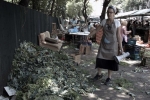
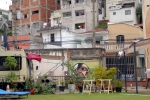
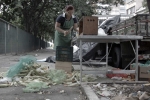
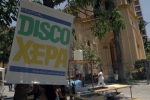
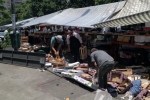
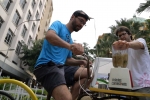
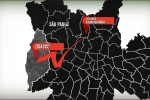
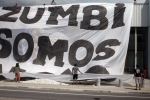
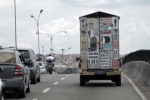
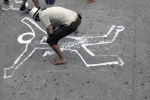
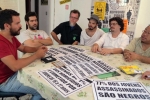
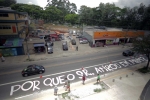
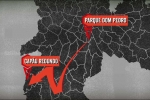
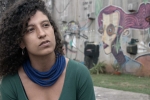
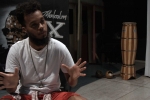
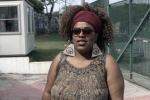
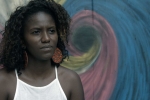
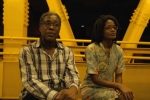
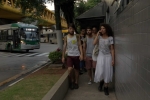
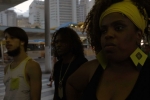
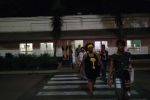
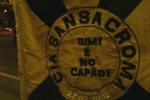
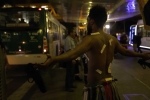
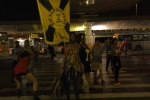
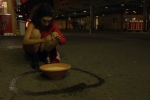
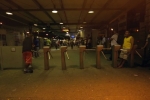
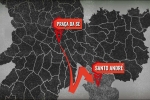
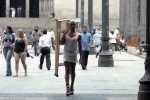

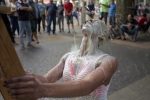
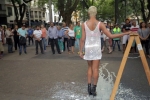

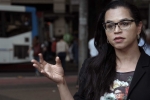
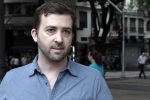
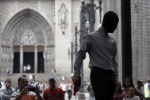
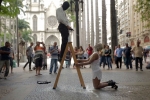
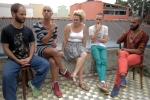
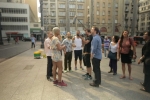
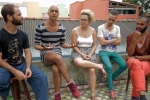
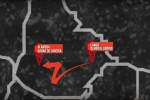
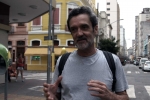
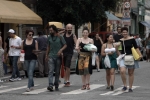
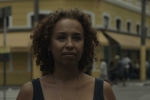
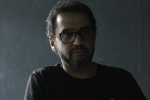
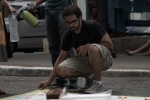
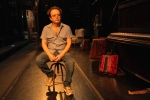
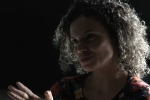
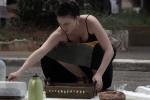
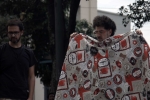
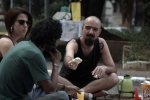
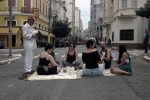
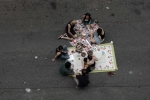
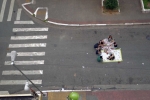
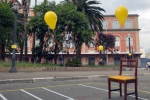
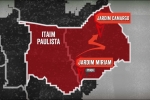
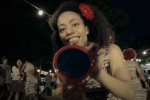
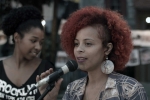
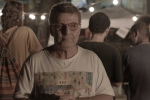
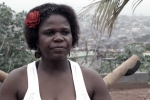
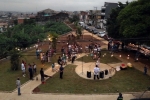
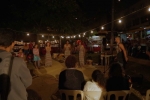
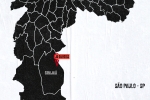
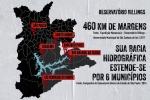
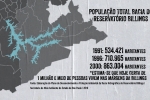
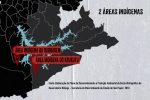
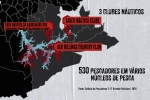
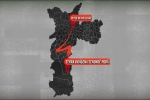
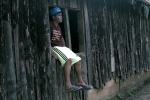
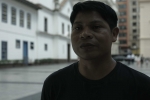
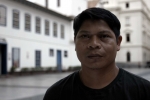
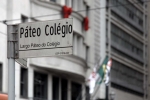
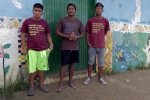
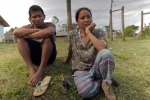
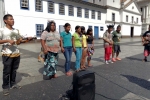
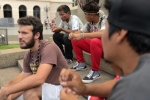
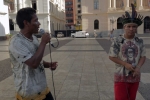
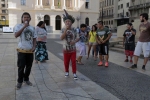
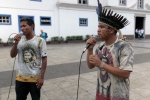
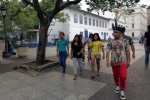
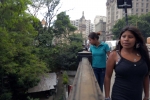
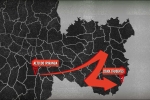
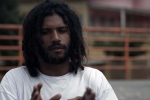
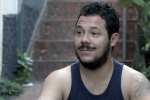
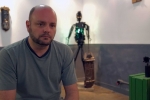
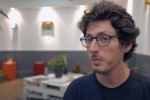
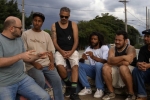
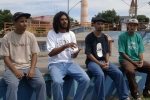
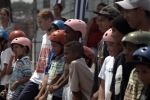
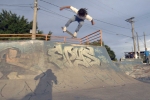
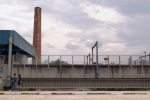
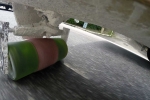
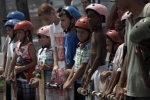
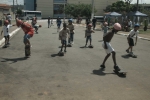

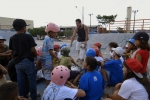
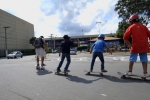
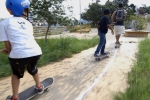
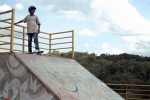
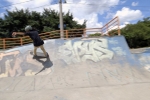
Submit a Comment